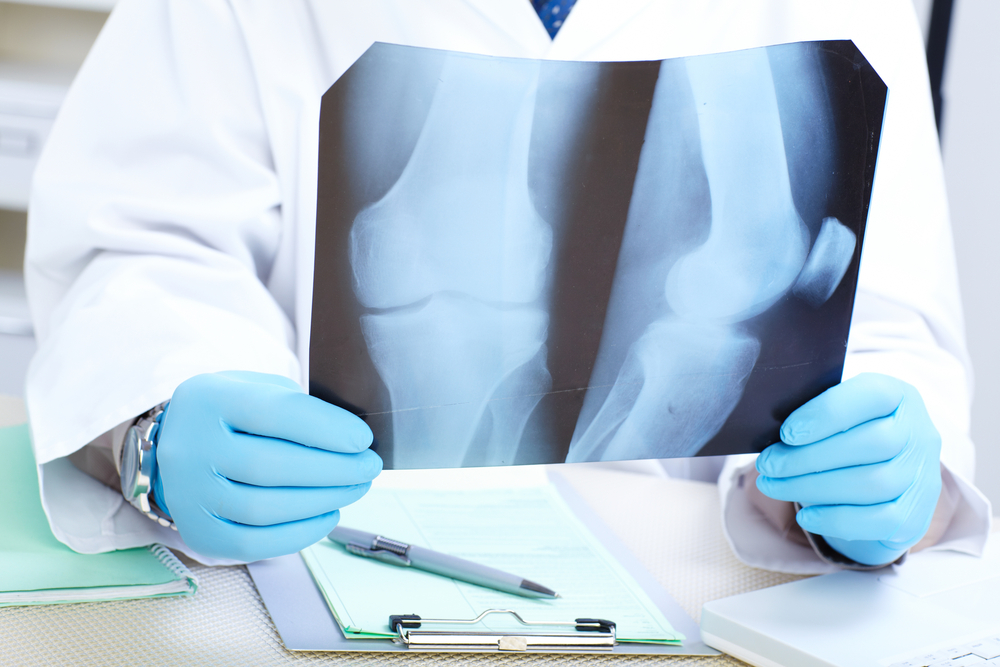Bone cancer occurs on any part of the body, but the most common sites include the following from the most common to the least common: (1) the bones that cover the vital organs in your chest otherwise known as the ribcage (2) hip bone (3) bones of the leg (4) bones of the upper arm.
The human body comprises 206 bones, each of which has a distinct amount of matrix or cellular substance that determines the weight of the bone depending upon its location and function.
Bone cancer is prevalent among individuals younger than 20 years of age but can occur at any age and is classified either as a primary (cancer cells originate from the bone itself) or secondary (the result of malignancy elsewhere in the body has spread thru the bone or metastasis).


